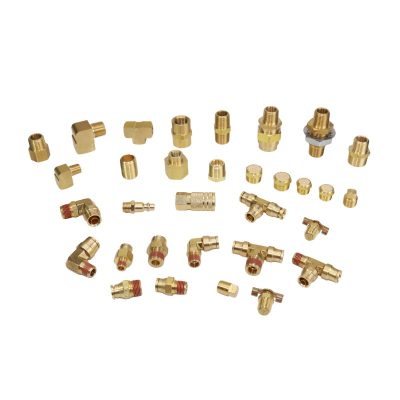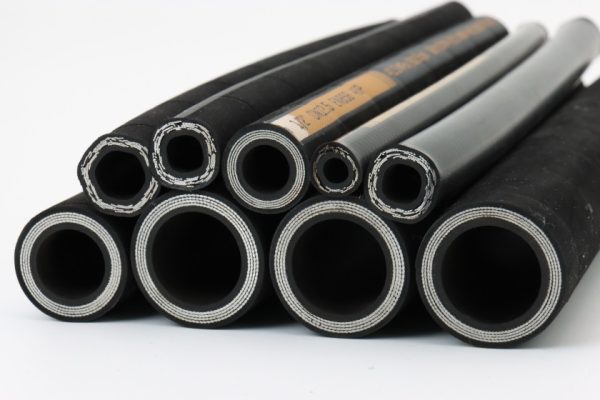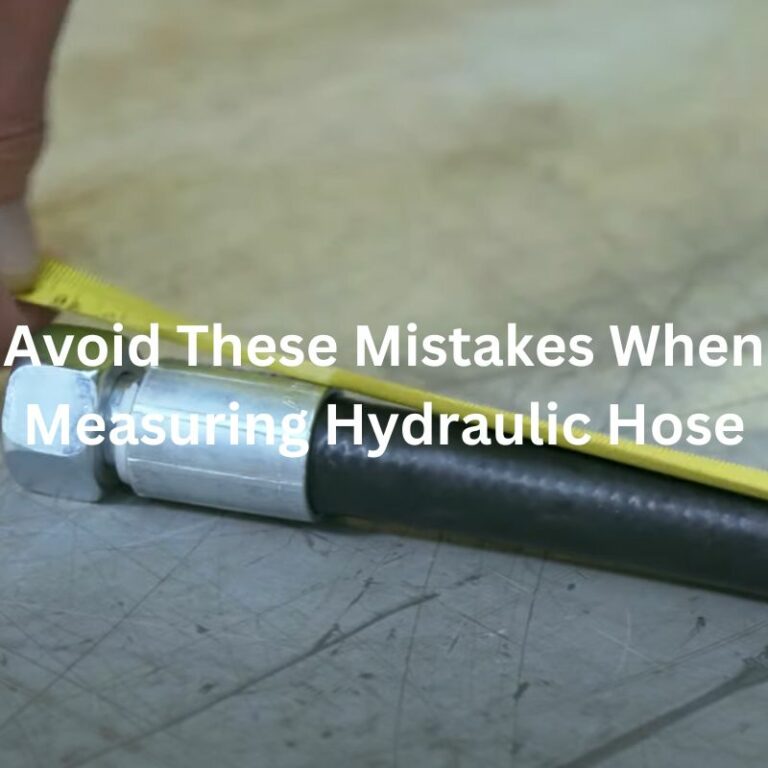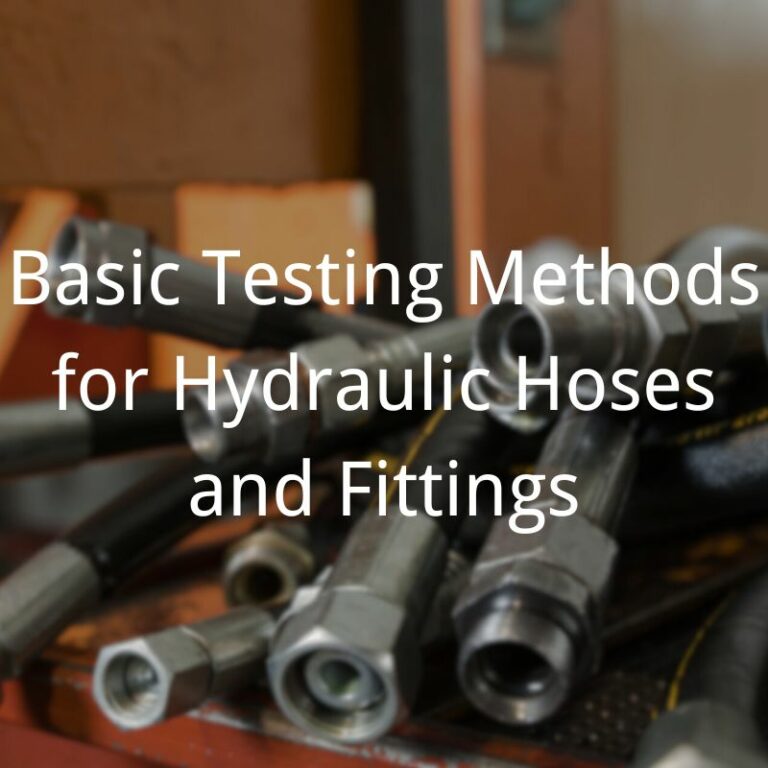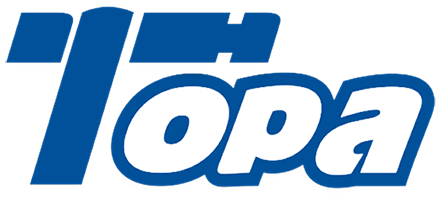Causes of Hydraulic Fitting Leaks
Improper Installation
Improper installation of hydraulic fittings is a prevalent cause of leaks. This can result from several factors, including inadequate tightening, misalignment of fittings, or the use of incorrect tools during installation. These mistakes can significantly compromise the integrity of the seal, leading to leaks that can affect the system’s efficiency and safety.
Key Points:
Adequate Tightening: Ensuring that fittings are tightened to the manufacturer’s specifications is crucial. Over-tightening can damage threads or fittings, while under-tightening may not form an adequate seal.
Correct Alignment: Fittings must be properly aligned to prevent cross-threading and ensure a proper seal.
Appropriate Tools: Using the correct tools for installation is essential to avoid damaging the fittings. Specialized hydraulic tools should be used according to the specifications of the fitting type and size.
Material Incompatibility
Material incompatibility in hydraulic systems can lead to a variety of issues, most notably leaks. This incompatibility can occur between the hydraulic fluid and the materials used for fittings and seals within the system. Different hydraulic fluids have unique chemical properties that can adversely affect the materials they come into contact with if not properly matched.
The Chemistry of Hydraulic Fluids
Hydraulic fluids can vary widely in their chemical composition. Common types include mineral oils, synthetic fluids, and water-based fluids, each with specific characteristics and applications. The choice of hydraulic fluid depends on various factors, including the operating temperature range, environmental concerns, and the specific machinery’s requirements.
Impact on Materials
The interaction between hydraulic fluid and the materials used in the system’s components can lead to:
Corrosion: Some fluids can cause corrosion of metal components, particularly if the metals are not suited to the type of fluid used.
Swelling of Seals: Certain hydraulic fluids can cause rubber or polymer seals to swell, leading to compromised seal integrity and eventual leaks.
Degradation: Over time, incompatible fluids can degrade the materials in seals and fittings, making them brittle or causing them to break down, which can result in leaks.
Selecting Compatible Materials
To ensure the long-term integrity of hydraulic systems and prevent leaks, it’s crucial to select materials that are compatible with the chosen hydraulic fluid. This involves:
Understanding Fluid Properties: Familiarize yourself with the chemical properties of the hydraulic fluid being used and how it interacts with different materials.
Choosing the Right Seals and Fittings: Select seals and fittings made from materials known to be compatible with your hydraulic fluid. Manufacturers often provide compatibility charts or guides to assist in this process.
Regular Inspection and Maintenance: Even with compatible materials, regular inspection and maintenance are essential to identify early signs of wear or degradation that could lead to leaks.
Over-Tightening or Under-Tightening of Fittings
The correct installation of hydraulic fittings is critical to the integrity and proper functioning of hydraulic systems. Two common mistakes that can lead to leaks are over-tightening and under-tightening of fittings. Both can compromise the system’s performance and lead to significant issues over time.
Over-Tightening of Fittings
Over-tightening hydraulic fittings can cause several problems:
Stripped Threads: Applying too much torque can strip the threads of the fitting or the component it’s being attached to, making it difficult or impossible to achieve a proper seal.
Cracked Fittings: Excessive force can also crack or damage fittings, especially those made from more brittle materials.
Deformed Sealing Surfaces: Over-tightening can deform the sealing surfaces, leading to leaks.
To prevent over-tightening, it’s essential to use a torque wrench and adhere to the torque specifications provided by the manufacturer. This ensures that the fitting is tightened sufficiently without exceeding the recommended torque, preserving the integrity of the connection.
Under-Tightening of Fittings
Under-tightening, on the other hand, fails to create a seal tight enough to prevent leaks. This issue might not be immediately apparent and can lead to gradual leaks, which may worsen over time. Inadequate tightening can result from:
Incorrect Torque Application: Not applying enough torque can leave a gap for hydraulic fluid to escape.
Improper Tool Use: Using the wrong tools for installation can lead to insufficient force being applied to the fitting.
Vibrational Loosening
Vibration within hydraulic systems is a prevalent cause of fitting loosening, which can lead to leaks over time. The dynamic nature of hydraulic machinery, combined with the high pressures at which these systems operate, makes them particularly susceptible to the effects of vibration. This can cause even tightly secured fittings to loosen, compromising the integrity of the hydraulic circuit.
Causes of Vibrational Loosening
Machinery Operation: The regular operation of machinery, especially those involving high-speed movements or heavy loads, generates significant vibration.
Pulsating Pressures: Hydraulic systems often experience pulsating pressures due to the pump action or sudden changes in direction of fluid flow, contributing to vibration.
External Sources: External sources, such as adjacent machinery or environmental factors, can introduce additional vibrational forces to the system.
Mitigating Vibrational Loosening
To prevent vibrational loosening and the resultant leaks, several measures can be implemented:
Securing Lines: Hydraulic lines should be securely clamped at regular intervals to minimize movement and absorb vibrations. This helps to prevent the transmission of vibrational energy to fittings.
Using Anti-Vibration Fittings: Specialized fittings designed to withstand vibrational forces can be used in areas of high vibration. These fittings often include features such as locking mechanisms or flexible sections that absorb vibrational energy.
Locknuts and Thread Locking Compounds: Applying locknuts or thread locking compounds to threaded connections can significantly reduce the likelihood of loosening. These materials provide an additional layer of security, maintaining the integrity of the connection even under vibrational stress.
Regular Maintenance: Incorporating vibrational analysis into regular maintenance routines allows for the early detection of loosening fittings. This enables timely tightening or replacement before leaks can develop.
Thermal Expansion and Contraction
Temperature fluctuations are a fundamental concern in hydraulic systems, influencing the behavior of materials, including fittings and seals. As temperatures change, the materials used in hydraulic systems will expand or contract. This phenomenon, known as thermal expansion and contraction, can compromise the integrity of hydraulic fittings, leading to potential leaks.
The Science Behind Thermal Expansion and Contraction
Thermal Expansion: When the temperature increases, the molecules within a material gain energy and move more vigorously, causing the material to expand. In a hydraulic system, this can affect both the metal fittings and the fluid within, altering pressures and potentially causing leaks at connection points.
Thermal Contraction: Conversely, as temperatures decrease, materials contract. This contraction can loosen fittings and seals, creating gaps through which hydraulic fluid can escape.
Impact on Hydraulic Systems
The effects of thermal expansion and contraction in hydraulic systems can be significant:
Weakening of Seals: Seals are particularly susceptible to temperature changes. Over time, repeated expansion and contraction can cause seals to wear, crack, or become misshapen, losing their ability to prevent fluid leakage.
Fitting Displacement: Temperature variations can lead to the gradual loosening of fittings. For example, a fitting that was tightened under a certain temperature condition may loosen as the system experiences temperature fluctuations, if not properly accounted for during installation.
Mitigation Strategies
Designing hydraulic systems to accommodate temperature changes is essential for minimizing the risk of leaks due to thermal expansion and contraction:
Flexible Fittings and Expansion Joints: Utilizing flexible fittings or expansion joints can accommodate the movements caused by temperature fluctuations, maintaining a tight seal despite the expansion or contraction of materials.
Material Selection: Choosing materials with similar coefficients of thermal expansion for both fittings and the surrounding structure can minimize the relative movement between parts.
Temperature Control: Where possible, controlling the temperature of the environment in which the hydraulic system operates can reduce the severity of temperature fluctuations.
Regular Inspections: Routine maintenance should include checking for signs of thermal wear on seals and fittings, and ensuring that any compromised components are replaced before leaks develop.































